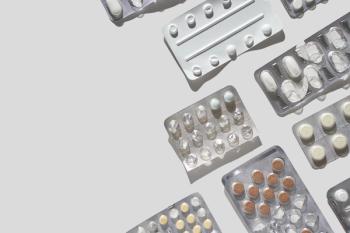
Subcutaneous Injection Shows Prevention of Flu in Phase 2b Trial
CD388 is being investigated as a prevention method for seasonal influenza in unvaccinated patients aged 18 to 64 years.
Positive topline results from the phase 2b NAVIGATE (
“Results such as these are unprecedented in influenza and support our confidence in the potential of CD388 to offer robust, once-per-season protection against influenza A and B,” Jeffrey Stein, PhD, president and CEO of Cidara, said in a news release.1 “As a long-acting antiviral drug, CD388 was designed to provide once-per-season protection against all strains of influenza in all people, irrespective of immune status. These results provide us with continued conviction in the remarkable opportunity CD388 presents to deliver broad influenza protection.”
Investigators of the study aimed to determine the effectiveness of the nonvaccine investigational prevention method compared with the placebo as well as the safety and tolerability of the drug. The study was also used to select a dose of CD388 that is effective in preventing symptomatic influenza infections when administered as a single dose via 2 subcutaneous injections.2
Investigators gave patients 1 of 4 interventions: low-dose CD388, medium-dose CD388, high-dose CD388, or placebo. The primary outcomes included the percentage of patients who had an influenza-like illness occurring 7 days to 24 weeks after the study drug administration and the incidence and severity of treatment-emergent adverse events (AEs).
The secondary end points included the percentage of individuals experiencing an influenza-like illness with a lower threshold for fever, percentage of patients with an influenza infection, fever, and 2 or more respiratory symptoms; percentage of individuals with an influenza infection and onset of 2 or more respiratory symptoms or 1 or more respiratory symptom and 1 or more systemic symptom; and severity of symptoms.2
Investigators found that the study met the primary end point for each of the 3 dose groups as well as secondary end points, including efficacy at 37.8°C and 37.2°C temperature thresholds. The efficacy for the low-dose (150 mg) group was 57.7%, 61.3% for the medium-dose (300 mg) group, and 76.1% for the high-dose (450 mg) group. For the number of individuals with a 37.8ºC or greater temperature, prevention efficacy was 54.7%, 55.2%, and 76.1%, respectively, and the efficacy for a 37.2ºC or greater temperature was 46.5%, 49.6%, and 71.1%, respectively.1
"The statistically significant and clinically meaningful results shown with CD388 mark a potential breakthrough for patients and the future of influenza prevention,” Nicole Davarpanah, MD, JD, chief medical officer of Cidara, said in the news release.1 “These phase 2b results support the potential of CD388 to be a highly effective and well-tolerated seasonal prophylactic for high-risk individuals, such as those with compromised immune systems or those at a heightened risk of severe illness due to underlying health conditions. We look forward to engaging with the FDA and expanding on these results in our planned phase 3 trial."
The safety and tolerability were similar in all arms, with no new safety signals being identified. Furthermore, the investigators reported no drug-related serious AEs or treatment-emergent AEs. The rates of injection site reactions were similar across all dose groups and the placebo.1
READ MORE:
Ready to impress your pharmacy colleagues with the latest drug information, industry trends, and patient care tips? Sign up today for our
References
1. Cidara Therapeutics Announces Positive Topline Results from its Phase 2b NAVIGATE Trial Evaluating CD388, a Non-Vaccine Preventative of Seasonal Influenza. News release. Cidara Therapeutics. June 23, 2025. Accessed June 26, 2025. https://www.globenewswire.com/news-release/2025/06/23/3103267/0/en/Cidara-Therapeutics-Announces-Positive-Topline-Results-from-its-Phase-2b-NAVIGATE-Trial-Evaluating-CD388-a-Non-Vaccine-Preventative-of-Seasonal-Influenza.html
2. Study of CD388 for the Prevention of Influenza in Subjects Not at Risk for Influenza Complications (NAVIGATE). ClinicalTrials.gov identification: NCT06609460. Updated March 17, 2025. Accessed June 26, 2025. https://clinicaltrials.gov/study/NCT06609460
Newsletter
Pharmacy practice is always changing. Stay ahead of the curve with the Drug Topics newsletter and get the latest drug information, industry trends, and patient care tips.




































































































































